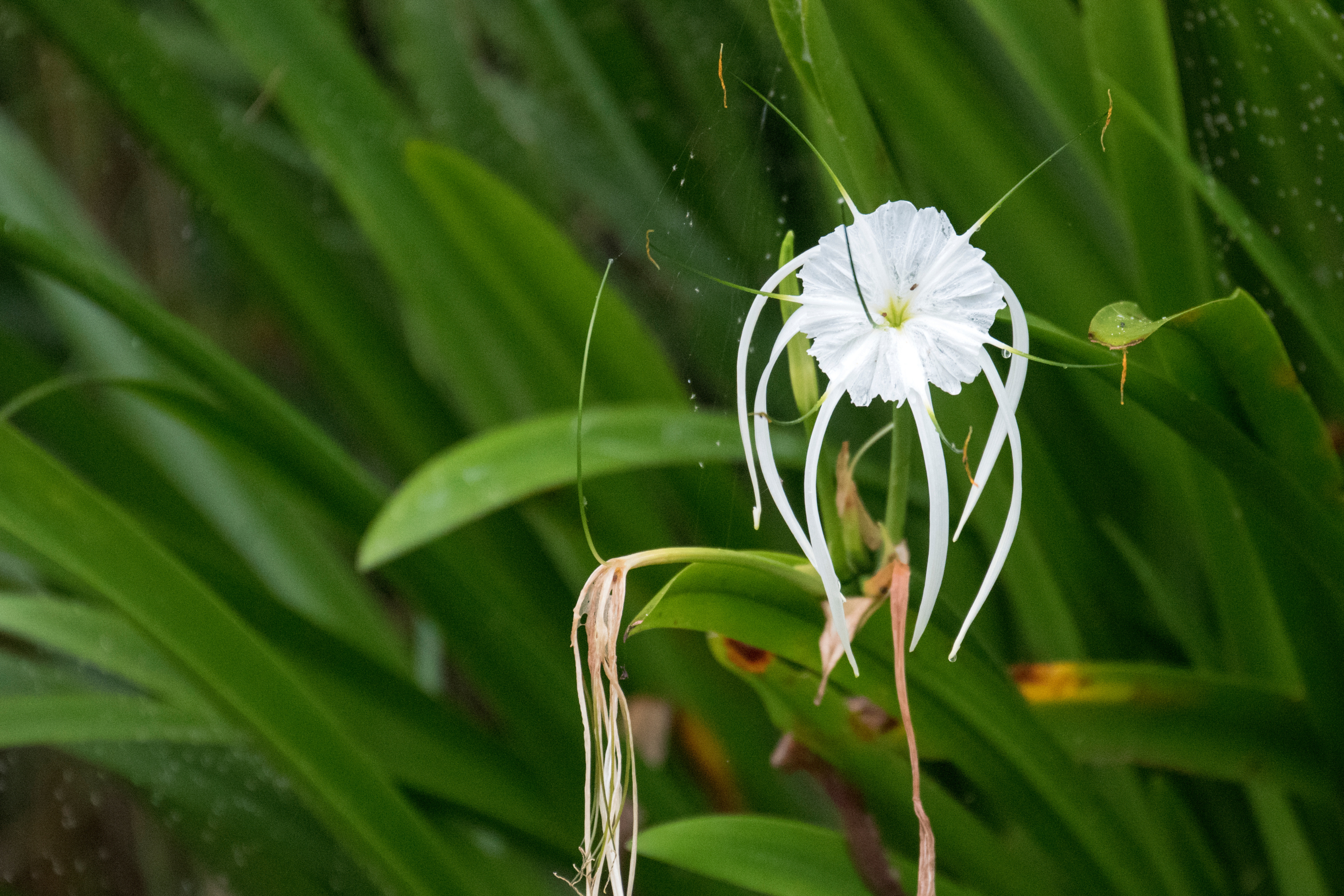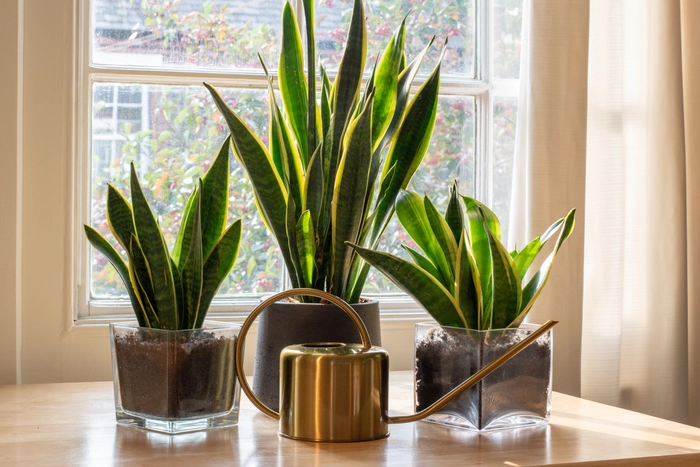Introduction:
In today's world, where indoor air pollution is a growing concern, houseplants offer a natural and effective solution for improving air quality and creating a healthier home environment. Not only do they add beauty and vitality to our living spaces, but many houseplants also have the remarkable ability to filter out harmful toxins and pollutants from the air, helping us to breathe easier and live better. In this guide, we'll explore the air-purifying benefits of houseplants, identify some of the best varieties for improving indoor air quality, and provide tips for incorporating these green wonders into your home.
The Benefits of Air-Purifying Houseplants:
-
Removal of Toxins: Houseplants are natural air purifiers, capable of removing a variety of common indoor pollutants from the air, including volatile organic compounds (VOCs) such as formaldehyde, benzene, and xylene, as well as airborne mold spores, bacteria, and allergens. By absorbing and metabolizing these harmful substances, plants help to create a cleaner and healthier indoor environment for you and your family.
-
Improved Respiratory Health: Clean air is essential for maintaining respiratory health, and houseplants play a key role in removing airborne contaminants that can irritate the lungs and exacerbate respiratory conditions such as asthma and allergies. By filtering out pollutants and releasing oxygen into the air, plants help to reduce the risk of respiratory symptoms and promote overall well-being.
-
Enhanced Mood and Productivity: In addition to their air-purifying benefits, houseplants have been shown to have a positive effect on mood, concentration, and productivity. Studies have found that spending time around plants can reduce stress levels, boost mood, and increase feelings of happiness and well-being, leading to greater satisfaction and performance in both work and leisure activities.
-
Natural Humidifiers: Many houseplants act as natural humidifiers, releasing moisture into the air through a process called transpiration. This can help to increase indoor humidity levels, particularly during the dry winter months when heating systems can cause air to become excessively dry. By maintaining optimal humidity levels, plants help to prevent dry skin, respiratory irritation, and other symptoms associated with dry indoor air.
Top Air-Purifying Houseplants:
-
Snake Plant (Sansevieria trifasciata): This hardy and low-maintenance plant is highly effective at removing toxins such as formaldehyde, benzene, and trichloroethylene from the air. It has long, sword-shaped leaves that are easy to care for and can thrive in a variety of lighting conditions.
-
Spider Plant (Chlorophytum comosum): Known for its ability to remove airborne pollutants such as formaldehyde and xylene, the spider plant is a popular choice for improving indoor air quality. It produces long, arching foliage adorned with small white flowers and is easy to grow and propagate.
-
Peace Lily (Spathiphyllum spp.): With its elegant white flowers and lush green foliage, the peace lily is not only a beautiful addition to any home but also an effective air purifier. It can remove toxins such as formaldehyde, benzene, and trichloroethylene from the air and thrives in low-light conditions.
-
ZZ Plant (Zamioculcas zamiifolia): The ZZ plant is a resilient and virtually indestructible houseplant that can tolerate low light and infrequent watering. It is known for its ability to remove toxins such as xylene, toluene, and benzene from the air, making it an excellent choice for improving indoor air quality in any room of the home.
Tips for Incorporating Air-Purifying Houseplants into Your Home:
-
Choose the Right Plants: Select houseplants that are well-suited to your indoor environment, taking into account factors such as lighting conditions, humidity levels, and available space. Consider placing air-purifying plants in areas where you spend the most time, such as the living room, bedroom, or home office, to maximize their benefits.
-
Provide Proper Care: Give your houseplants the care and attention they need to thrive, including regular watering, appropriate lighting, and occasional fertilizing. Follow care instructions specific to each plant species, and monitor their growth and health to ensure optimal performance as air purifiers.
-
Increase Plant Diversity: Incorporate a variety of houseplants into your indoor environment to maximize the air-purifying benefits and create a more diverse and resilient ecosystem. Mix and match different species, sizes, and shapes of plants to create visual interest and enhance the overall aesthetic of your home.
-
Clean Plant Leaves: Keep plant leaves clean and free of dust and debris by gently wiping them with a damp cloth or sponge on a regular basis. This helps to ensure that plants can effectively absorb and filter out pollutants from the air, while also maintaining their health and vitality.
Conclusion:
By incorporating air-purifying houseplants into your home, you can create a healthier and more vibrant indoor environment that supports your well-being and enhances your quality of life. Whether you're looking to improve indoor air quality, reduce stress, or simply add a touch of greenery to your living space, houseplants offer a natural and effective solution that benefits both you and the planet.
So, breathe easy and embrace the power of green by inviting air-purifying houseplants into your home. With their natural ability to filter out toxins, improve respiratory health, and enhance mood and productivity, these green wonders will not only beautify your living space but also nourish your body, mind, and spirit for years to come.
Happy gardening, and may your home be filled with the fresh air and natural beauty of houseplants!

